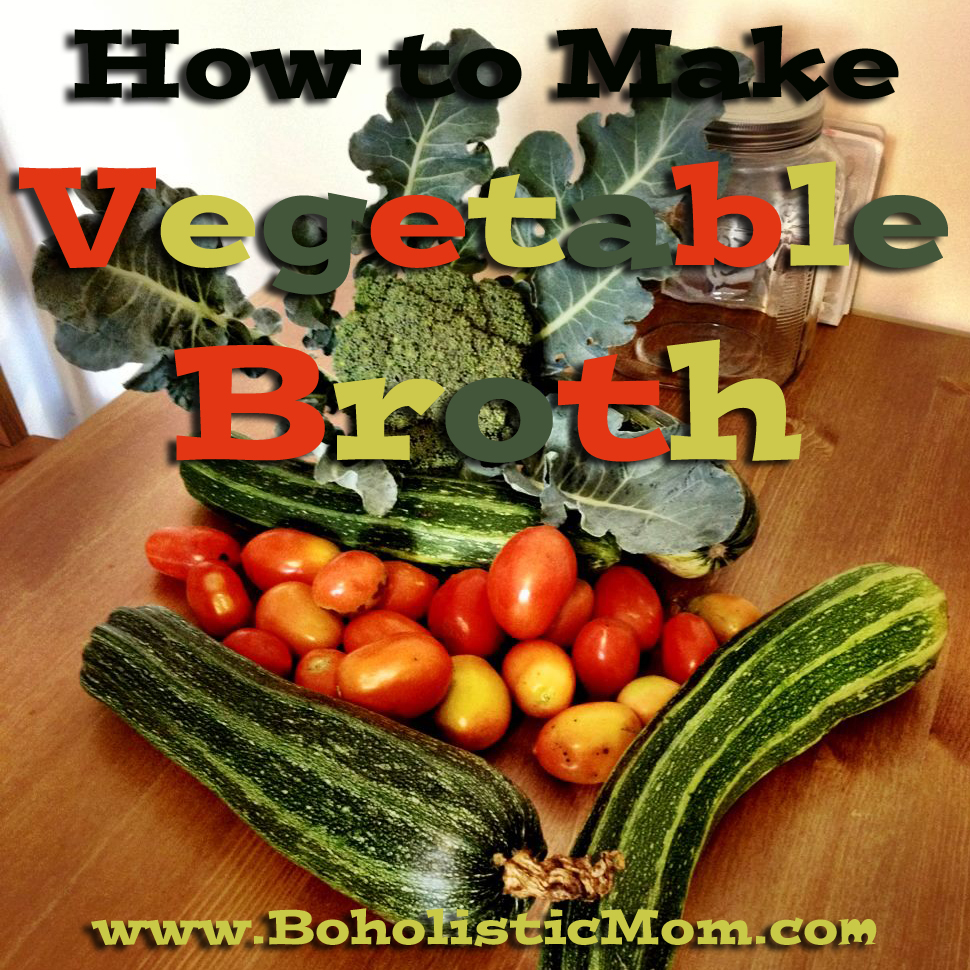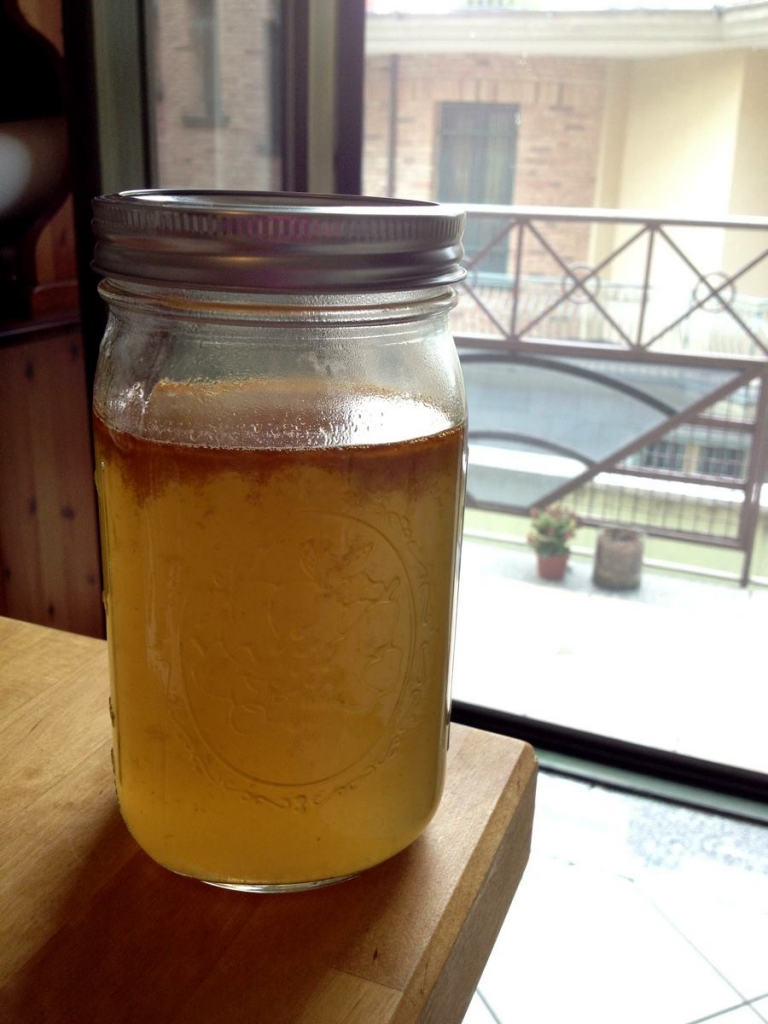Using the Entire Chicken
Traditionally, in order to eat chicken a person would take an entire chicken that had lived in their yard or farm and kill it. They wouldn’t have just cut off a breast and left the rest. The chicken would have eaten grubs from the ground, weeds, grass, seeds, and insects. It had the freedom to move about the yard and farm without having to step on its own feces. When the owner was ready to eat the chicken, the chicken would have been killed by removing their heads and it would have been prepared to be eaten. The entire chicken was then used for food.
Eat Traditional Chickens
Today, chickens are raised in massive factory farms. The chickens are shoved together into a small space, where they step in each others feces, cannot stretch their wings, or even go for a walk. They lead stressed lives in extreme captivity. Some of these birds will not live long enough to become a meal. They are systematically and brutally herded into trucks then taken to slaughter houses. They are then slaughtered, plucked, the necks are removed, the feet removed, and their insides are gutted. The entire chicken will not be used by a family. Each of the pieces end up in a different place. Most families will never use the chicken feet (that are a great source of gelatin), the chicken livers (that are a great source of iron and Vitamin A, all the Vitamin Bs, and folic acid), or the chicken bones (that have vitamins and minerals that are perfect for growing families).
What nutritional value is actually […]














